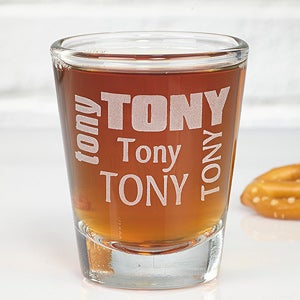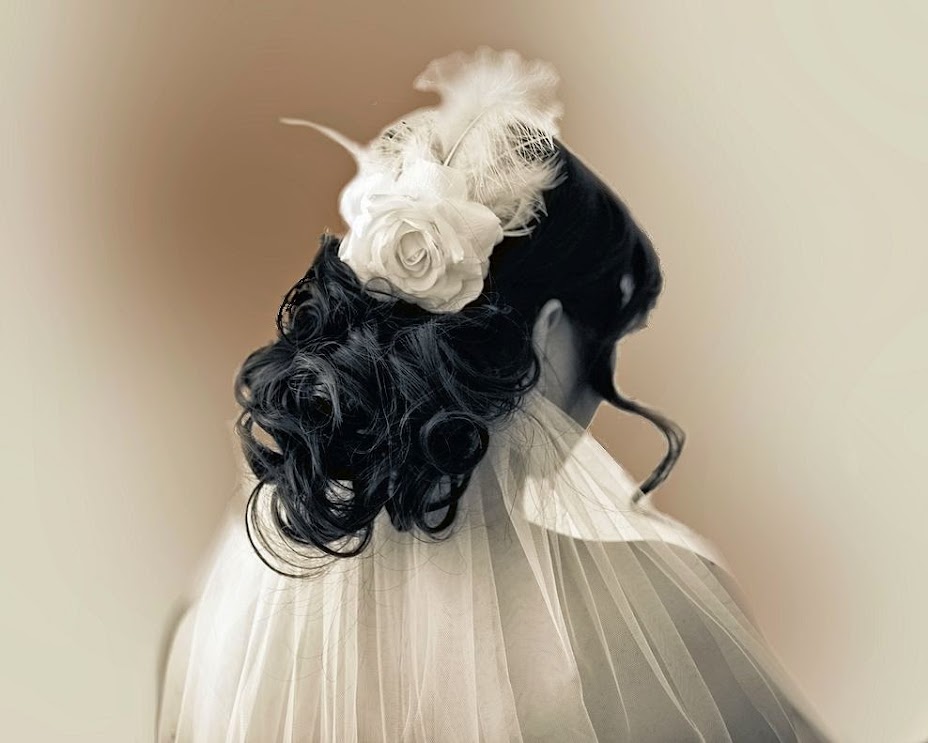Just two years ago I posted this note to help victims of the devastating floods manage and salvage their precious photos. It makes me very sad to repost advice like this, but Australia is what it is, so...

Australia is in flood. Much of Queensland, Victoria and New South Wales are inundated, and while the clean up has started in many towns, in others the threat is still imminent. And as ever, faced with the potential loss of all their possessions, people escape clutching their precious photographs and wedding albums.
CDs and DVDs do not do well in a flood. Layers separate, and delaminate, surfaces are pitted by contaminants in the water, and they are scratched too easily... The readable surface of DVDs have to be kept clean and scratch free, but the most vulnerable side of a disk is the label side.
That’s right - it's because the label side is closest to the reflective layer underlying the recording layer, critical to the functioning of the disk. Only a thin lacquer coating protects it. The read side, on the other hand, is protected by a thick coat of plastic designed to resist scratching and finger marks.
If you have managed to salvage you photo disks from the flood, you can clean the read (shiny) side by wiping from the center outwards with a mild soap and water solution, or a cleaning solution made for the purpose; a lint-free cloth will usually clean off any dirt. You have to wipe gently, and from the center outwards. Don't scrub and don't work in circles; go from the middle all the way out to the edge.
Unlike prints, you should not immerse the disks in water. There are special kits available that will repair some scratches, especially on the read side. They cost from $10 to $30 dollars at record stores, video game stores, and computer stores. They usually include cleaning solutions and a mild abrasive for polishing out scratches on the read side.
Unfortunately, none of these help with the label side, and may make matters worse if used on the label, which is where most of the flood damage is likely to have occured.
Apart from the proximity to the read layer, any damage to the label side makes the disk unstable, unreadable and may damage your drive if you try to use it.
If you have cleaned your disks and still can’t see your pictures, contact a specialist, because some images may be salvageable. It isn't a DIY job, but professional file retreival can sometimes get back some of the files that represent your photos.
If you have prints you are in a much more secure position, especially if you have them in a traditional photo album. No matter how much photo albums appear to be damaged by mud and water, don't throw away your memories... photos can be saved!
There are slightly different steps you need to take, depending on how your photos were stored:
Method 1 is for individual loose prints in a drawer or in the traditional shoe box:
Fill the bath or sink and put them in fresh water; keep wet until you can rinse them off one by one. Change the water frequently to dilute any chemicals in the water. Don’t be tempted to use hot water, or even warm water - it can soften the emulsion or separate the photo from its backing paper.
As soon as you can, rinse each photo separately, taking care not to rub - you can easily remove the softened image, or at least, scratch it badly - use a sponge and clean them under the water.
Lay the prints out to dry as you go, face up on sheets of kitchen towel or butcher’s paper and allow to air dry. If you can’t do this indoors, make rure you keep them out of the sun and preferably where the wind won’t get at them: you don’t need more dirt blowing onto the drying prints and you certainly don’t want them to blow away.
Method 2 is for Matted and Dry-Mount Albums:
Fill a large container like a bath with fresh water - the more space your albums and prints have to swim, the better. Put the saturated albums or bundles of waterlogged photos into water as soon as possible. Don't let them dry out or they will stick together, which will make life harder for you.
Your pages and individual photos will gradually separate in the water over the next few hours. Don't rush it. Be patient and let the mud and rubbish float out. Resist the urge to force them apart.
Even if you have to leave them overnight, the soaking won't harm pictures printed on photographic paper, and although ink jet prints may be a bit more vulnerable, digital photo papers can also withstand prolonged soaking. Remember that "real" photos are soaked for hours in chemical baths and washed in water as part of the developmental process - all you are doing is giving them an extra bath to remove impurities added by the flood waters.
Once the photos have separated and look clean, gently wipe them with a sponge to remove any remaining grit. Do it without removing them from the water, and do it gently.
As you remove each photo from its bath, wash it again in a separate bowl of clean water. Rinse it off, then place it on folded clean paper towels or butcher’s paper (face up) and leave them to dry in a shady spot, not in direct sunlight.
In an hour or two your photos should have dried out. They will soon be ready to remount into new albums or photo frames.
Method 3 is for Slip-in Albums, “Magnetic” albums and Photo Frames:
While these albums and glass fronted frames may seem to offer more protection, the photos in them cannot dry out adequately and they will soon succumb to rot and mould; they will then be almost impossible to save.
Open the frames and remove the prints. If the frame includes a mat (the cardboard inner frame) it will probably have prevented the print from sticking to the glass - it is supposed to be attached to the print by one edge only, and should be very easy to remove; if not, leave it attached - in fact, if anything is adhering to the photo, especially the glass, place it in a bath of water along with the photo as in Method 2.
Plastic sleeves and magnetic albums (where the photo sticks to the paper and is covered by a sheet of plastic) are the most difficult to deal with.
For the sleeves, you will need a razor blade to carefully cut away the edges of the plastic pocket. If you can’t slip the photo from the sleeve, try to remove the plastic from the back of the picture so that the clean water can penetrate and eventually loosen it from the front of the sleeve.
A magnetic album has strips of prepositionable adhesive on the page, but over time it tends to become permanent, and the plastic cover bonds with the print. It may be possible to partially lift the plastic to let the water begin to soak into the paper, but be careful not to damage the photos when you do this. If the page is thick enough, a very fine knife can be used to split the page at least part way to facilitate clean water getting into the paper.
General
While it is fine to let prints soak in clean water, the longer it takes to start the process, the less chance there is to save your photos. Placing them in large paper bags in a refrigerator can help to slow down the growth of moulds and preserve the photos until you can get to work on saving them.
Never blow dry wedding or other precious photos, and don’t be tempted to put them in the microwave!
There are a number of generous photo labs who are offering to repair wedding, anniversary and other precious photos damaged in the Australian floods free of cost. If you need to contact one, send me an e-mail.

 Putting a bottle of high end wine or liquor on each table is not uncommon- a very expensive table decoration. But I have a wedding coming up in which the happy couple have come up with a nice wrinkle on the idea - every guest is going to discover a shot glass with their name engraved on it where they would expect to see a place card. That's another wedding favour that's going to last, and it costs very little.
Putting a bottle of high end wine or liquor on each table is not uncommon- a very expensive table decoration. But I have a wedding coming up in which the happy couple have come up with a nice wrinkle on the idea - every guest is going to discover a shot glass with their name engraved on it where they would expect to see a place card. That's another wedding favour that's going to last, and it costs very little. 




